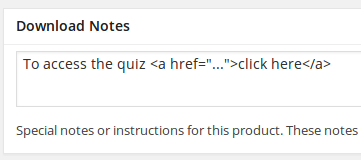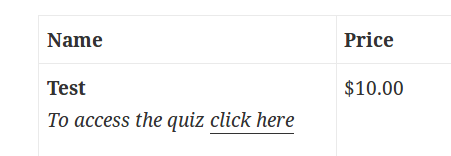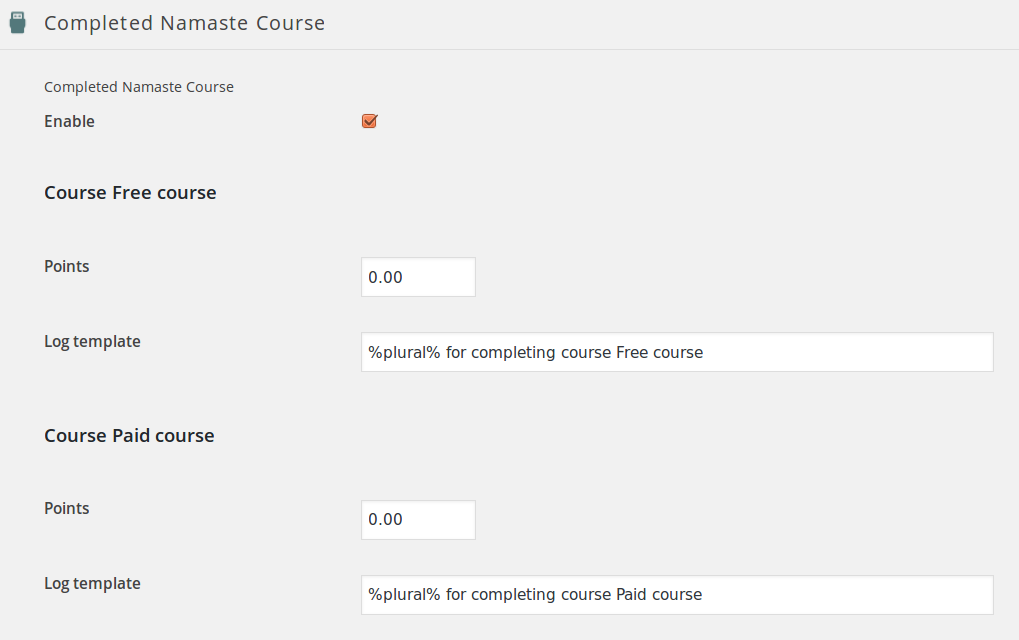This is the fifth article of the series “Business with content“. To read the previous one click here.
The good old method of selling info-products is still alive and vital. And it remains one of the best ways to do business with premium content – because of the high perceived value of info products. It’s not an exception to see a good e-book sold for $97 for example, while at the same time you’d rarely pay the same dollars for paper book (which is odd and funny, don’t you think?).
Before diving into the main advantages and disadvantages of selling info products let’s dive into what an info product is. The main thing that makes it different than most other methods is that info products are not subscription based. You may offer different parts on sale, upsells and so on, but you charge once for each of them. The buyer downloads it and owns it forever (or until their hard drive crashes and they have no copy). Ideally you’ll allow some kind of member’s area where buyers will be able to re-download the product at least several times.

What can be an info product:
- An e-book. This is still the most common info product. E-books that help people make money, get laid, be healthy or improve themselves are always hot and can make plenty of profits.
- A video or audio guide. Or usually a set of videos. Very often combined with some kind of an e-book.
- A whole course. While this sounds like LMS, it’s not. To call a course “info product” it must be downloadable. So this is typically a set of e-books, reports, videos, etc that the user can download to study. Sometimes it can be on CDs or DVDs shipped by mail, but with today’s fast internet such method of delivery quickly gets outdated.
- Some combination of the above.
While some folks would call everything info-product – including newsletters, membership sites etc, I prefer to make the difference between service and product.
The Advantages
Selling info products is one of the oldest methods of making business with content. And there are reasons for this:
- It’s well accepted. Even a high-priced e-book or course is just one time payment and doesn’t scary buyers like an ongoing subscription.
- It’s lower commitment. People can buy your course or book and read it when they want (sometimes never). It’s not like joining a subscription site or LMS where they are expected to commit to studying the material long term.
- It doesn’t require complex technical infrastructure. In fact if you go through a service like e-junkie you need not be technical at all. Or, using WordPress you can sell your info products through WooCommerce or a similar and simpler plugin. It’s easy either way, just upload and sell.
- Requires less investment. I know people who make business of 200 pages e-book. This is much less investment than building a membership site or e-course with fifty lessons and videos in it.
- One leads to another. Most sites selling info products use the upsell technique: one product recommends another one (typically more expensive). Since buyer has trusted you once to buy from you, and provided the product they bought was good, they are very likely to buy the upsell too.
The Downsides
As with every business model, this one has some downsides too:
- Piracy. Since info products are downloadable and typically unprotected (DON’T focus on protection to make it hard for your buyers to use the product) they quickly end up on pirate download sites. And the more popular your product is, the quicker it will end up there. While piracy isn’t as big problem as some make it sound, it is still a serious problem not to be underestimated.
- Typically short life. Because of piracy and the popularity effect of social networks etc, most info products have a peak after their initial release and quick drop in sales after that. There are only a few that continue selling for years. In most cases you should make a new product at least once every year to survive in this business.
- Huge competition. Everyone and their grandfather wrote an e-book. And then a second one. It’s not easy to stand out in this crowd.
- No organic traffic. Unless of course your info product is so great that you get natural inbound link. Most aren’t so they don’t get much organic traffic from search engines, if any at all. One solution to this problem is to make a blog and use it as a way to demonstrate your knowledge and sell the info-product from the blog. This may also give you traffic from search engines. But, as you guessed, it can be a lot of work and is no longer one-time effort.
- One-time payments. The advantage to the buyer is disadvantage to you. You sell once and don’t make money of this customer again unless you have other info products to upsell.
Next in this series we’ll review another old but gold business model – paid newsletters.
 Setting this will affect only EDD orders made after that. It will not make the quiz paid for customers who purchased the EDD before you connected the quiz to it.
Setting this will affect only EDD orders made after that. It will not make the quiz paid for customers who purchased the EDD before you connected the quiz to it.
 So after payment the user will see a link to the quiz:
So after payment the user will see a link to the quiz:



